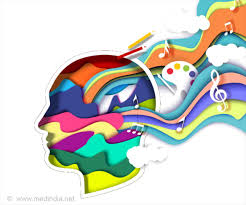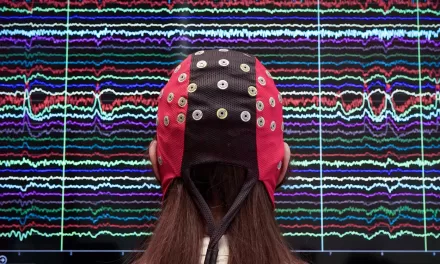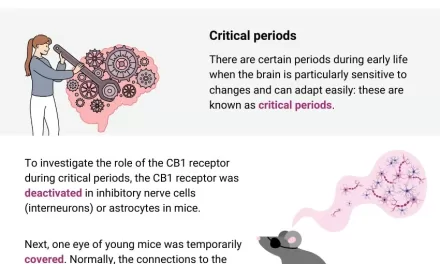In the realm of decision-making, the human brain’s ability to pause and contemplate potential outcomes is crucial. This “mental simulation” process, integral to our daily planning and decision-making, has long been a subject of fascination and study. Despite its importance, the precise neural mechanisms driving this cognitive function have remained elusive. However, a groundbreaking study published in the journal Nature Neuroscience by an international team of scientists has shed new light on this mystery.
The research reveals that the interplay between the brain’s prefrontal cortex and hippocampus is essential for imagining future outcomes and guiding our decisions. Marcelo Mattar, an assistant professor in New York University’s Department of Psychology and one of the paper’s authors, explains, “The prefrontal cortex acts as a ‘simulator,’ mentally testing out possible actions using a cognitive map stored in the hippocampus. This research sheds light on the neural and cognitive mechanisms of planning—a core component of both human and animal intelligence. A deeper understanding of these brain mechanisms could ultimately improve the treatment of disorders affecting decision-making abilities.”
The roles of the prefrontal cortex, associated with planning and decision-making, and the hippocampus, involved in memory formation and storage, are well-established. However, their specific functions in deliberative decision-making—the type of decision-making that requires thoughtful consideration before acting—have been less clear. To address this gap, Mattar and his colleagues developed a computational model to predict brain activity during planning.
The research team, which included Kristopher Jensen, a computational neuroscientist at University College London, and Guillaume Hennequin, a professor of computational neuroscience at the University of Cambridge, utilized a recurrent neural network (RNN) to simulate brain activity. This model incorporated existing knowledge of planning while introducing new layers of complexity, such as “imagined actions,” to capture the essence of decision-making processes. Much like a chess player envisions multiple sequences of moves before making a decision, the model demonstrates how our brains weigh the impact of potential choices.
To validate their model, the scientists conducted experiments involving both humans and laboratory rats. Human participants navigated an online maze on a computer screen, with their brain activity and decision-making times recorded. Similarly, neural data from laboratory rats navigating a physical maze configured in the same way as the human experiment were analyzed. This dual approach allowed the researchers to draw parallels between behavioral and neural data across species.
The findings were consistent with the computational model, highlighting the intricate interaction between the prefrontal cortex and hippocampus. Human participants showed increased brain activity and longer decision-making times when navigating the maze, reflecting the model’s predictions. Similarly, the neural responses of the laboratory rats paralleled the model’s simulations, providing robust support for the research’s conclusions.
“Overall, this work provides foundational knowledge on how these brain circuits enable us to think before we act in order to make better decisions,” notes Mattar. The innovative methodology of training both human and animal participants and RNNs to perform the same task offers a novel approach to understanding complex behaviors.
This study not only advances our understanding of the brain’s planning mechanisms but also holds potential implications for improving treatments for disorders that impair decision-making abilities. As we continue to unravel the complexities of the brain, such research paves the way for new insights and therapeutic strategies.












